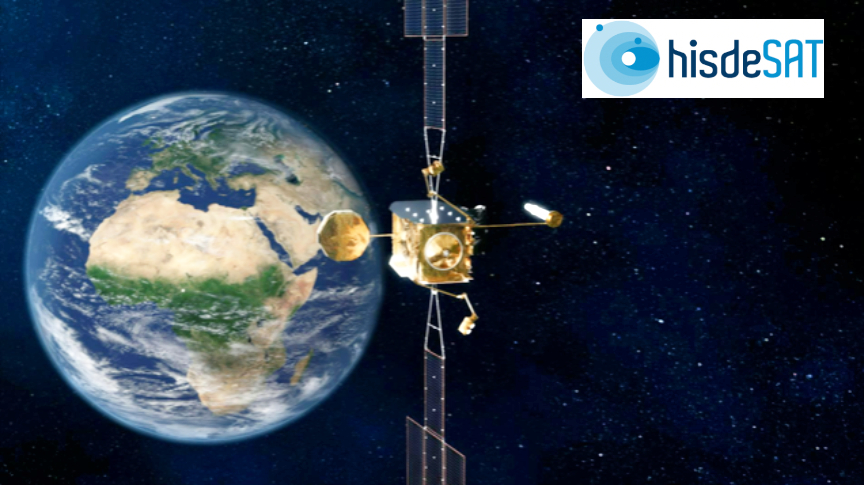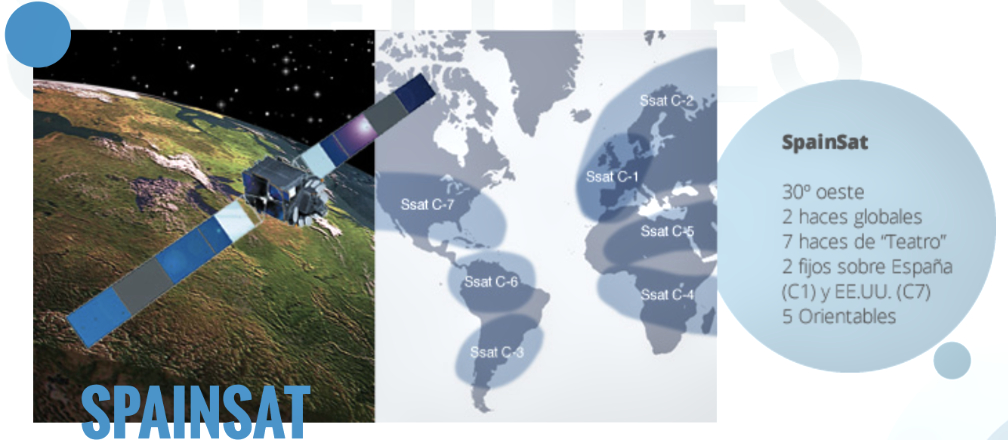
Hisdesat has announced that the first satellite in the SPAINSAT NG program, SpainSat NG-I, will be ready for launch in the summer of 2024 after confirming that the program is making good progress.

Space X will be in charge of launching the Spanish satellite into orbit with a Falcon 9 launcher from Cape Canaveral or from NASA’s Kennedy Space Center.
One of the key components is the active antenna system, developed by Airbus Defence and Space in Spain, which will provide secure and reliable communications for the Spanish Armed Forces and other government agencies.

SPAINSAT NG’s active antennas are reconfigurable on-orbit, allowing coverage and performance to be changed as and when the needs of a mission require. This is done electronically, with no moving parts, through an intelligent combination of hundreds of different signals controlled by software from the ground control centre to transmit and receive data at high speed.
The system has the ability to switch between different coverage thousands of times per second, locate ground emitters of known or unknown origin with high accuracy, and protect against unwanted interference, making this state-of-the-art system one of the most robust available on the world market.
The Ministry of Defence‘s SPAINSAT NG program is aimed at modernizing its capabilities and placing it at the forefront of secure satellite communications. It consists of twin satellites, SpainSat NG-I and SpainSat NG-II, and aims to provide secure and reliable communications for military operations, as well as to support humanitarian and disaster relief efforts.
More than 45% of the workload of the SPAINSAT NG program is executed by the Spanish space industry. The prime contractor for these satellites has been Airbus Defence and Space, with Airbus Space Systems in Spain, Thales Alenia Space Spain and Thales Alenia Space France acting as co-contractors. The project, which is the result of a public-private partnership between the Ministry of Defence and Hisdesat, is also funded by the Ministry of Industry, Trade and Tourism and the European Space Agency (ESA) and financed by the Spanish Centre for the Development of Industrial Technology (CDTI) of the Ministry of Science and Innovation within the framework of the Pacis 3 program.
